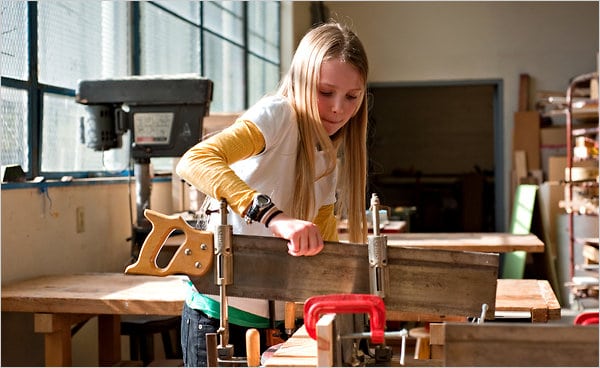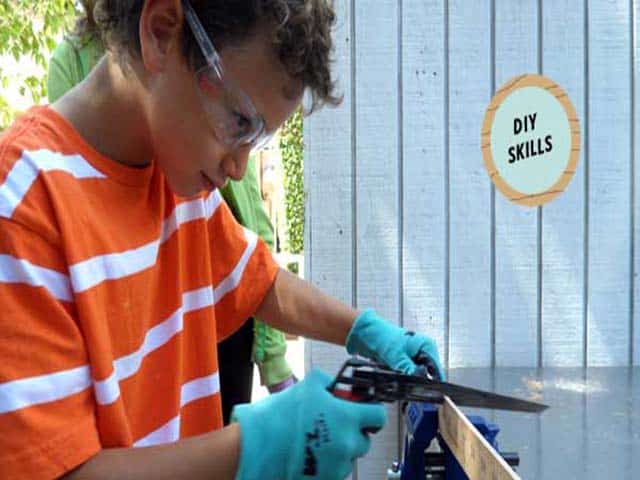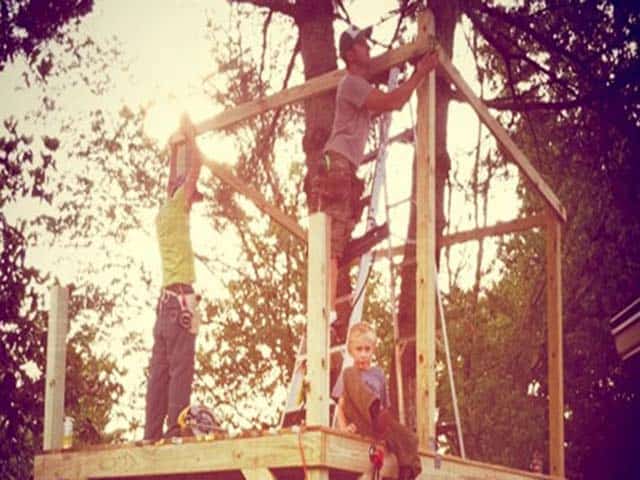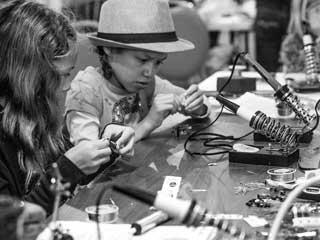
Kids are curious and when they see you do something they want to mimic it. This applies to your workshop more than you know. While you are focused on changing the oil tinkering with a stereo, your kids are watching and learning. If you can take a bit of time to show them what you are up to it should appease their curiosity.
But if you don’t have time and close up shop, they will remember what you did and many times venture into your workshop alone and explore the same tools you were using. Is this something you want to happen? Probably not. That’s why we suggest teaching kids to use tools at every opportunity. And by tools we mean standard tools as well as mechanical gadgets, kitchen items and anything else that might pique their interest.
Put yourself in your children’s shoes. Not literally but just think of that new knife set you got or scissors. All shiny and new and you are so excited to use them! Well so will your kids.
Here are our suggestions for teaching kids how to use tools.
1. How is it used? (and how it shouldn’t be used)
Share with your kids what the tool is used for so they know how it should be properly applied. You can also show them what it’s not used for, in fact what it could be dangerous about using it. For example, a stapler should only be used to staple paper together and it should only be used when closed. A flathead screwdriver should only be used for slotted screws, etc.
2. How is it stored?
When a tool isn’t being used it should be properly stored. A knife sheathed, a screwdriver placed in a tray, screws and nails put away in boxes. Starting a good habit of storing tools when you are done makes sure random tools aren’t being left out then hurriedly stored where they shouldn’t be and also helping with organizing your tools so you know exactly where to look the next time you need it.
3. Safety features
Some tools require safety precautions every time they are used and most often it would be eye protection, gloves and/or ear protection. Using eye protection while drilling, cutting or striking is always a good choice, especially for kids. Teach them to value their health which includes protecting their eyesight, hearing and skin.
Those are the basics. No reason to overcomplicate this process. There are of course some tools that should only be used with adult supervision and other tools that young children really shouldn’t handle at all. You’ll need to decide for yourself which tools these are but the fact that you are even reading this article shows you care about how to properly teach your children how to use tools.



